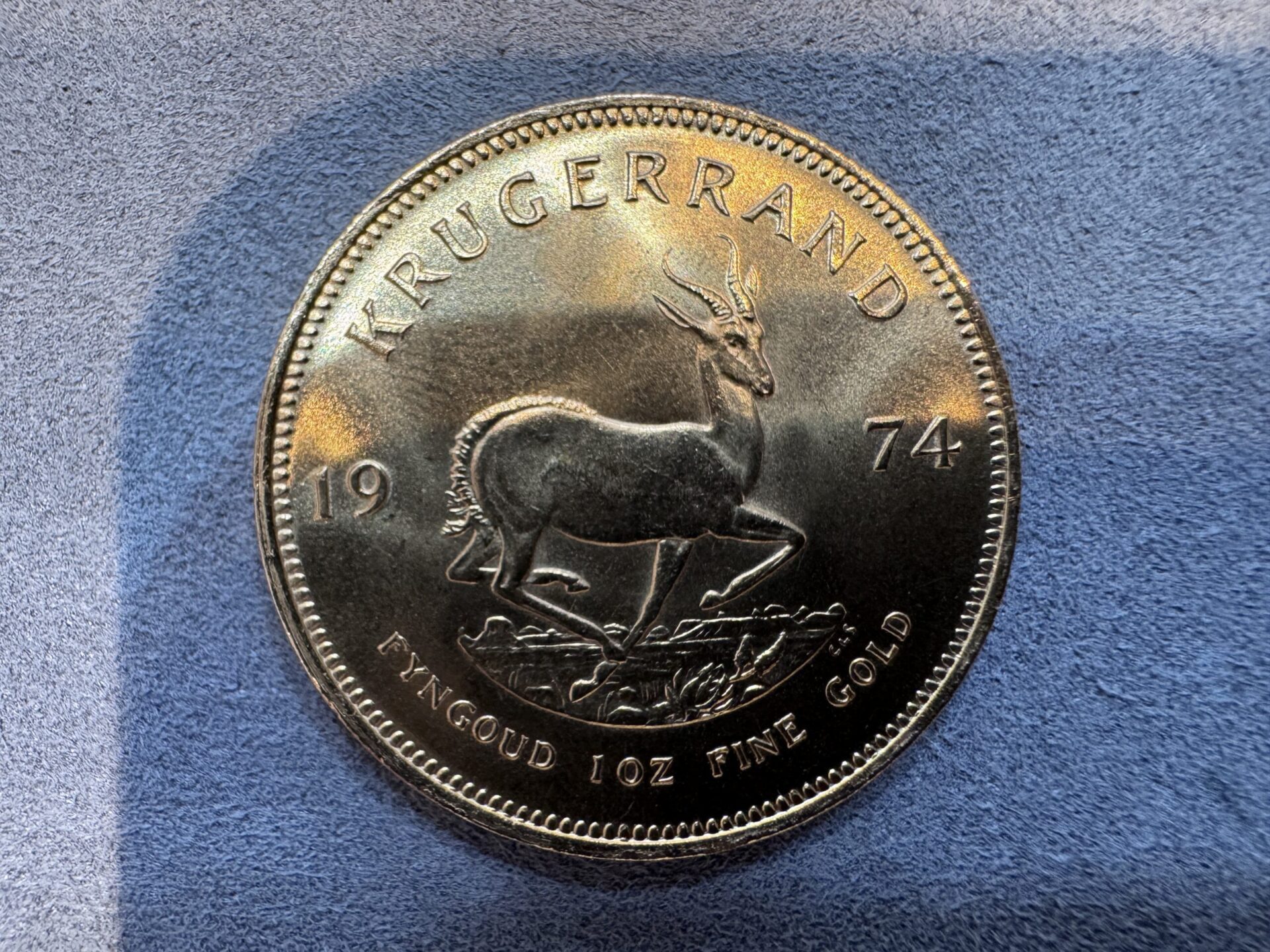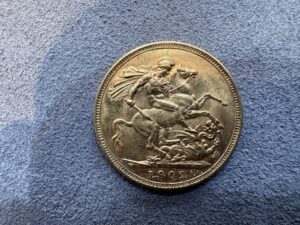South African Krugerrand coins have long been one of the world’s favorite bullion coins due to their rich history and striking design. But do you really understand all there is about this popular investment option? Below we answer some frequently asked questions about it in this blog post.

When did the Krugerrand first enter circulation?
On July 1967, South African Mint issued its inaugural Krugerrand Gold coin.
Since 1967 when its release by South African minting agency Krugerrand was issued, this coin has generated much debate in South Africa itself and abroad.
Created to strengthen South African Mint operations.
In the 1980s, Krugerrand sales represented nearly 90% of global coin sales despite widespread disapproval due to its association with Apartheid South Africa. This impressive feat should not go unnoticed as many nations boycotted these coins due to their links with Apartheid South Africa.
South African mines accounted for 70% of global gold sales during the 1960s.
As soon as the global gold standard had ended, purchasing bars or ingots by individuals became illegal. South African government decided to capitalize on this new market and legalize gold ownership for individuals; as a result, they introduced Krugerrand gold coins sold at 5% above spot price.
It was designed to appeal to investors and collectors.
On its face, Krugerrand combines South African currency unit (Rand) and Paul Kruger’s name; Paul was an important political, military, and social figure during South Africa’s Republic period.
On the reverse of the stamp is a Springbok, an African medium-sized antelope native to specific regions and species reminiscent of Eagle, Bison or Lion in other areas such as America or Britain. In South Africa they serve as equivalent of Eagle/Bison/Lion creatures found elsewhere around the globe.
As of the date of this article, over 50 million ounces have been sold worldwide in 2013, which represents by far the highest volume ever for any bullion coin ever. This astounding success can only be understood further when considering that 2013 also marked Krugerrand’s 50th Anniversary!
As this coin became more and more acclaimed, many other countries began producing equivalent pieces.
Canada entered the market with its now-famous Gold Maple Leaf Coin in 1979 and faced unique circumstances due to Krugerrands being banned across North America at that time.
Since 1982, when it first came into circulation, Gold Panda coins from China remain highly sought-after among collectors and investors.
In 1986, the United States introduced their American Gold Eagles collection. Similar to Krugerrands and including copper as well as more heavily dilutived silver content than Krugerrands.
The British Gold Britannia coin first made its debut in 1988 and remains one of the world’s most desired coins today.
These examples, and all subsequent ones since, have been constructed entirely or partly using the Krugerrand Model.
This gives the Krugerrand an impressive gold purity level of 91.67% (equaling that found in its successor, American Eagle coins released years later), giving it its distinctive orangey hue. Copper accounts for 8.13% of this precious metal mix.
Copper adds another benefit to coins made of metal; making them harder and scratch-proof – something particularly relevant given that this coin was the first legal-tender bullion coin, designed both domestically and for export use.
South Africa decided to mint its own gold coins during a time of political unrest due to Cold War tension and Vietnam War conflict, when President Richard Nixon ended the Gold Standard. Prior gold coins had mostly been designed for wealthy individuals while Krugerrand coins would serve those looking for ways to save their money more efficiently.
The Krugerrand gold coin is widely considered to be the first bullion coin ever issued and many countries quickly followed after becoming popular investments for gold investors. Canada unveiled their 1 oz Maple Leaf coin in 1979 while USA, UK, and Australia quickly adopted their own gold bullion coins as investments.
South Africa issued the Krugerrand gold coin in 1967.
The Krugerrand coin’s weight, purity and design On one side of this coin stands Paul “Kruger,” former president of South Africa at that time; its opposite features an image of Springbok an antelope which symbolizes South Africa as national emblem; this coin also bears his portrait and features South Africa’s currency unit: Rand.
One oz Krugerrand coins weigh 33.9 grams each and contain exactly one Troy ounce of pure gold. Constructed using 22ct gold alloy with copper components added for strength, these Krugerrand coins also display subtle red tinted coloring to increase durability and create their signature reddish hue.
Gold Krugerrand coins come in weights of either one ounce (1oz), 1/2oz (1/1/2), and one/10 oz (1/10oz). Introduced by fractional coining to increase accessibility and affordability in the 1980s.
Can Krugerrands be used as legal tender?
Absolutely. While their face value doesn’t appear on each coin, one oz Krugerrand has an estimated face-value of 1 Rand; their true worth comes from how much pure gold each coin contains.
Krugerrands have always been controversial. In the 1970s and 80s South Africa faced economic sanctions due to its apartheid policies; buying Krugerrands during that period was seen as support of this practice and some Western nations like Britain made importation illegal at that time.
Since 1994 and the end of Apartheid, production of Krugerrand gold coins has steadily increased and become one of the highest-value gold coins available today.
Silver Krugerrand Coins
Since 2018, South African Mint has released 1oz Silver Krugerrand coins as part of their range.
Have South African Krugerrand Gold Coins made for an effective investment? South African Krugerrand coins are among the world’s most-traded precious metal bullion investments – an excellent addition to your precious metals portfolio!
Gold Krugerrand coins have become immensely renowned and instantly recognisable worldwide, used widely and exchanged at any point across borders worldwide. Millions have been produced as one of the premier bullion currencies.
What is the best place in New Zealand to buy and sell Krugerrands?
Cash for Gold offers an excellent selection of new and pre-owned Krugerrands available with free delivery in the New Zealand.
Cash for Gold strives to offer you the fairest value when selling Krugerrands. Our experienced team can give an accurate estimation of their value so that you know you’re receiving an advantageous deal.



